This article was medically reviewed by Luba Lee, FNP-BC, MS. Luba Lee, FNP-BC is a Board-Certified Family Nurse Practitioner (FNP) and educator in Tennessee with over a decade of clinical experience. Luba has certifications in Pediatric Advanced Life Support (PALS), Emergency Medicine, Advanced Cardiac Life Support (ACLS), Team Building, and Critical Care Nursing. She received her Master of Science in Nursing (MSN) from the University of Tennessee in 2006.
There are 9 references cited in this article, which can be found at the bottom of the page.
This article has been viewed 21,004 times.
Sacroiliac (SI) joint dysfunction involves a painful misalignment of the lower spine and pelvis. There are several steps you can take at home and in consultation with a medical professional to treat your condition. Avoid strenuous activity that can cause further damage, but try to do low-impact exercises like walking and stretching. Ice the area to treat pain and reduce inflammation, and practice good posture when lifting objects and sleeping. If necessary, lose excess weight to reduce stress on the joint. Consult with your doctor and spinal specialists, such as a chiropractor, about getting a manual adjustment or physical therapy.
Steps
Treating SI Dysfunction at Home
-
1Avoid strenuous activity that causes acute pain. Low-impact exercises eventually play a major part in treating SI dysfunction. These exercises include walking or cycling.[1] However, you should avoid high-impact, strenuous activity, like sprinting, contact sports, and weight training. If you’re an athlete, you’ll have to avoid your sport until your inflammation and misalignment have been corrected.[2]
-
2Avoid extended bed rest. While you don’t want to use motions that aggravate your pain, staying in bed will worsen SI dysfunction. The condition involves joint misalignment and imbalanced muscle use. Ligament and muscle atrophy that results from extended bed rest will push your joint further out of alignment.Advertisement
-
3Go for ice instead of heat. Heat expands ligaments, which can cause your joint’s structure to fall further out of alignment. Instead, ice the affected area to reduce inflammation and relieve intense pain. Apply an ice pack or compress for 15 to 20 minutes, and wait another 15 to 20 minutes before reapplying.
- You should continue icing in 15 to 20 minute intervals whenever you’re feeling acute pain for up to two weeks.
-
4Walk briskly for two to three miles per day. A daily walk will help stretch and strengthen your SI ligaments. This in turn will help restore your joint’s proper structure. Choose soft surfaces, like a grassy park, for your walks, and try to avoid hilly or rocky terrain.
- Consult your doctor or a spine specialist if you are unable to walk or perform other low-impact strengthening exercises.
-
5Perform bridge stretches to strengthen the joint. Lay flat on your back on a yoga or exercise mat with your legs bent. Your heels should be about two feet from your buttocks. Slowly lift your hips off the ground as you clench your buttocks and place weight on your feet. [3]
- Hold the pose for five breaths, then bring your hips back to the ground. Repeat the sequence 10 times.
-
6Take anti-inflammatory medication. Over the counter anti-inflammatories can help treat pain and, more importantly, reduce the muscle swelling involved in SI dysfunction. It’s best to take any medication in consultation your primary doctor or spine specialist.[4]
- Non-steroidal anti-inflammatory drugs (NSAIDS) such as aspirin or ibuprofen will reduce both pain and stiffness. Always talk to your doctor before starting a new medication on your own.
- Your doctor might recommend an anti-inflammatory, even if you’re not experiencing pain. You should take the medication as long as they recommend, as stopping prematurely could interfere with their treatment plan.
-
7Lay on your back with your feet in the air. This is also known as the waterfall or legs-up-the-wall pose in yoga and it is often helpful for back pain. Lay on your back on the floor so that your butt about 6 inches (15 cm) from the wall and lift your legs. Your legs should be straight up and your heels should be pressed against the wall with the soles of your feet facing up.[5]
- You can position yourself further from the wall if you are not flexible enough to get into the position easily from 6 inches (15 cm) away.
- Stay in the position and breathe deeply for at least a few minutes.
Practicing Healthy Biomechanics
-
1Lift objects with your legs. Never bend over from your waist to pick up an object. Bend your knees and bring you buttocks over your heels. Stare straight ahead with your head up and bring the object as close to your chest as possible. Lift it using the movement of your legs as you straighten them back into a standing position.[6]
-
2Improve your posture. Whether you are standing or sitting, it is important that you have good posture with a straight, upright back. Try not to hunch, slouch, or bend forward.
- When you stand, keep a straight line through your shoulders, hips, knees, and ankles.[7]
- When you sit, avoid slumping back against the chair. Instead, maintain an upright, straight back.
-
3Use back-friendly sleeping postures. Avoid falling asleep in a curled up fetal position. Try to sleep on your back with one pillow under your neck and a larger pillow or set of pillows under your knees. You can also try sleeping on your side with a pillow between your legs.
- Improper sleeping postures are just as bad for your back as lifting improperly.
-
4Avoid sit-ups, bending from the waist, and other harmful motions. Talk to a physical therapist about which movements you should avoid. Healthy movements will help strengthen your SI joint, but unhealthy motions will pull it further out of place. Some movements you should avoid include:
- Any movement that brings your knees to your chest
- Bending forward with your knees straight
- Sit-ups
- Seated twists
- Seated forward folds with straight knees
-
5Lose excess weight. Maintain a balanced diet and consider shedding some weight to decrease the stress on your back and hips.[8] Try using an app or other resource to calculate your body mass index (BMI) and create a personalized meal plan. For example, use the US Department of Agriculture’s (USDA) Super Tracker tool: https://www.supertracker.usda.gov/.
- Choose low-impact exercises like walking instead of more strenuous exercise, even if you’re trying to lose weight.
Consulting with Medical Professionals
-
1Ask your insurance provider about your coverage options. Before seeking a referral to a spine specialist, you should consult your insurer to avoid unexpected costs.
- Ask, “Does my policy cover specialist care, like a chiropractor or physical therapist? Can you provide me with a list of in-network specialists in my area?”
- Be sure to ask if any specialist care or procedures require prior approval from your insurer. Ask, “Do I need to get prior approval to have my cortisone shot covered? What are your company’s procedures for getting prior approval?”
- When you call your insurance provider, ask whomever you speak with for their name and position. Write down their information and save it in your records.
-
2Get a referral from your primary care physician. If your pain is severe or does not respond to self-management techniques, first make an appointment with your primary doctor. You shouldn’t rely on them alone, since they likely don’t have specialized training in spinal care. However, they can provide you with a referral to a spine specialist, chiropractor, or physical therapist.
-
3Visit a physical therapist. A physical therapist can recommend exercises that may help your condition. They will teach you how to do the right exercises with good posture and proper movement. They will also warn you about which exercises and movements you should avoid.
-
4See a chiropractor. A chiropractor will manually reposition your misaligned SI joint. For best results, a series of adjustment appointments is typically recommended. Your chiropractor may also assist you with controlled physical exercises to strengthen your SI ligaments.[9]
-
5Ask about an orthotic brace. A wide, belt-shaped orthotic brace is sometimes used to stabilize the SI joint. Using the brace while exercising or stretching will help keep the joint in correct adjustment while you strengthen the surrounding ligaments. This support is especially helpful if your work requires you to move in ways that might aggravate your joint pain.[10]
-
6Discuss further treatment options. Most cases respond well to moderate rest, ice, proper exercise, and manual realignment. If, over several weeks or a few months, your SI dysfunction doesn’t respond to these, your doctor or spinal specialist might suggest a variety of other procedures. They’ll help you decide which option is best for your particular circumstances.[11]
- Corticosteroid injections reduce inflammation and pain, but can only be administered a few times a year because they weaken joints and tendons.
- An electrical stimulation implant can help reduce pain associated with SI dysfunction.
- Surgery is rarely used to treat SI dysfunction, but in extreme cases a joint fusion procedure replaces the joint with metal hardware.
- Remember to call your insurer ahead of time to ask if any special procedures require their prior approval.
References
- ↑ https://www.ncbi.nlm.nih.gov/pmc/articles/PMC2582421/
- ↑ http://spinecenter.ucla.edu/sacroiliac-joint-disease
- ↑ https://www.spine-health.com/wellness/exercise/strengthening-exercises-sacroiliac-joint-pain-relief
- ↑ http://spinecenter.ucla.edu/sacroiliac-joint-disease
- ↑ https://www.spine-health.com/wellness/exercise/stretches-sacroiliac-joint-pain-relief
- ↑ https://www.spineuniverse.com/anatomy/lumbar-spine
- ↑ http://www.alignforhealth.com/blog/simple-steps-to-eliminate-si-pain
- ↑ http://www.mayfieldclinic.com/PE-SIjointpain.htm
- ↑ http://www.spine-health.com/conditions/sacroiliac-joint-dysfunction/treatment-options-sacroiliac-joint-dysfunction

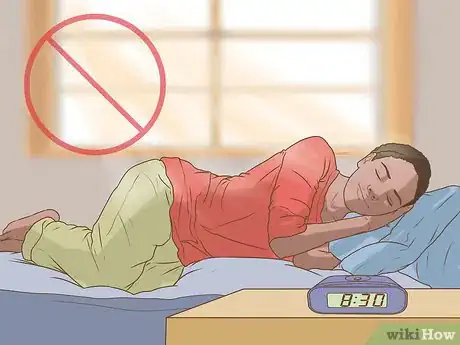
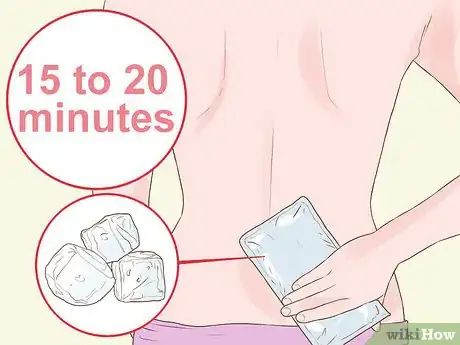

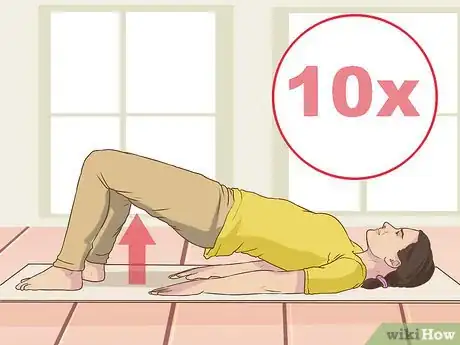

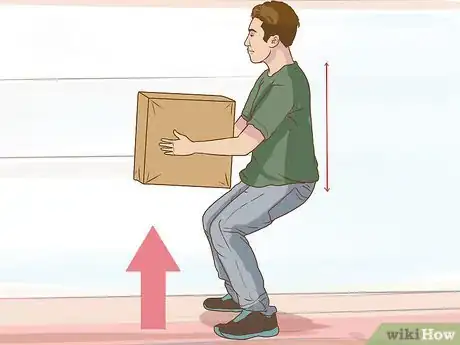
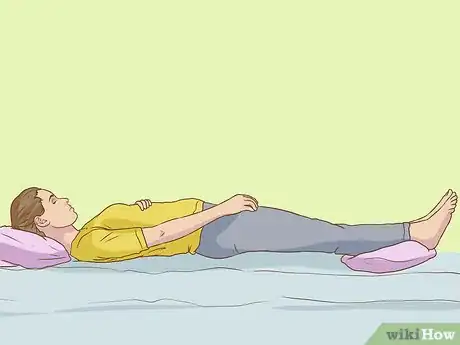
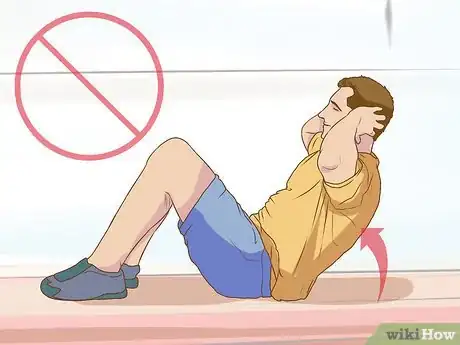
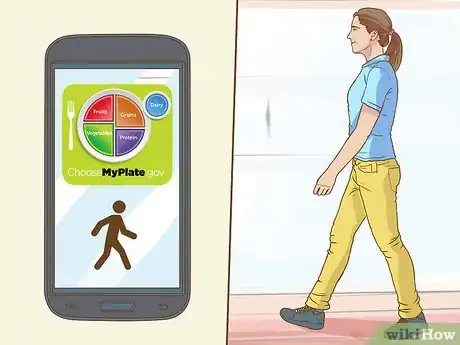


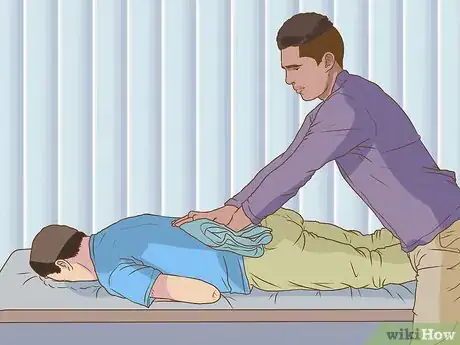
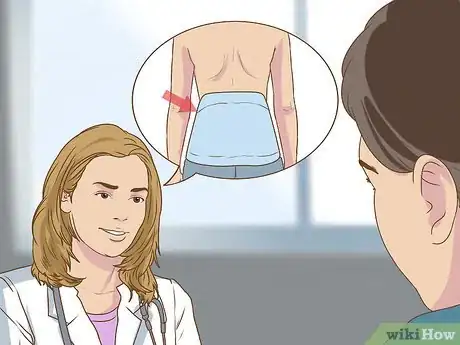
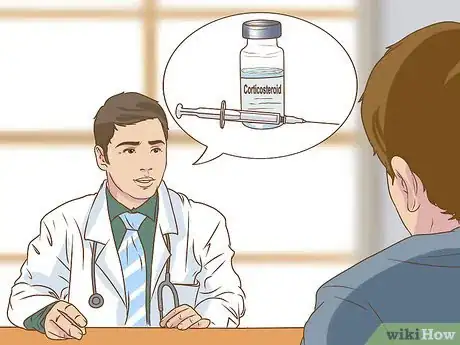

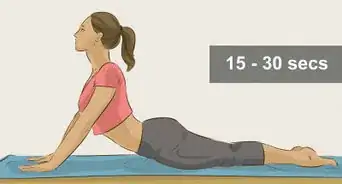





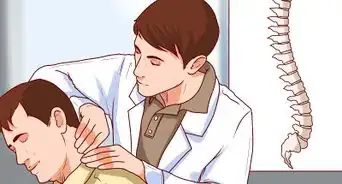
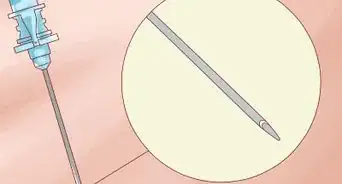





















































Medical Disclaimer
The content of this article is not intended to be a substitute for professional medical advice, examination, diagnosis, or treatment. You should always contact your doctor or other qualified healthcare professional before starting, changing, or stopping any kind of health treatment.
Read More...